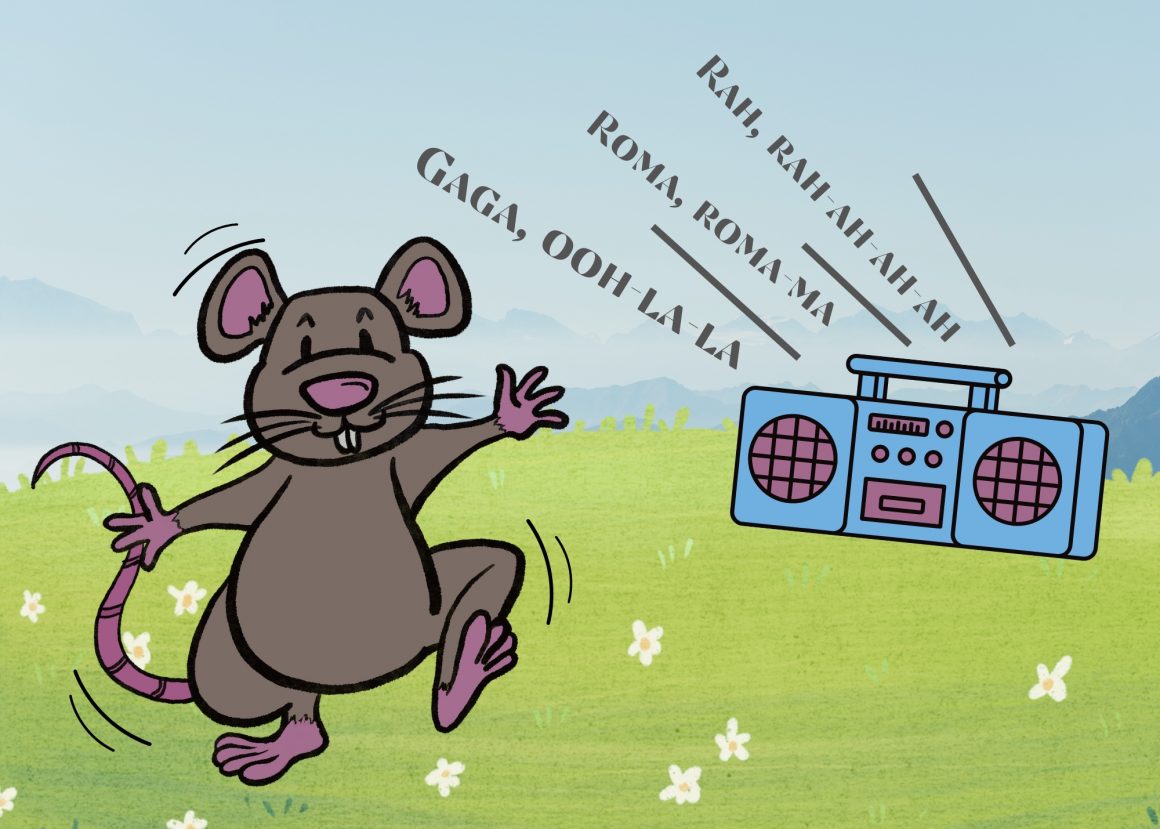
Rats have more rhythm than you think
By Sheroog Kubur, November 30 2022—
Musicians have long sung about the power of music — we’re either slaves to it, losing control or just can’t fight the feeling to get up and dance. Keeping rhythm has been thought to be an exclusively human trait until recently, when a study in Tokyo, Japan discovered that rats are able to keep rhythm as well.
“Rats displayed innate — that is, without any training or prior exposure to music — beat synchronization most distinctly within 120–140 BPM (beats per minute),” said University of Tokyo associate professor Hirokazu Takahashi.
Keeping rhythm is something that had long been considered only a human trait because of the complex motor functions that go into the movements. It involves the speed that the brain is able to respond to something. While there are videos of animals dancing along to songs, like popular videos of birds moving along to the rhythm, this is more likely a case of being trained to respond to the beat than having innate beat synchronization.
Beat synchronization refers to how well we are able to keep in time with a musical beat. The study was conducted at the University of Tokyo and connected 10 rats to wireless, miniature accelerometers to measure their head movements. A one-minute clip of Mozart’s Sonata for Two Pianos in D Major was played at four different tempos, ranging from 75 per cent to 400 per cent of the original song. Twenty humans also participated in the study for comparison.
The song was played at various tempos on the assumption that, because rats already operate at a faster pace in terms of heartbeat and other body functions, they may prefer faster tempos.
However, the results of the study found that rats, much like humans, prefer a tempo of 120-140 BPM. This preference was also observed in the human participants. Mozart’s composition fell within this range at roughly 132 BPM.
“Our results suggest that the optimal tempo for beat synchronization depends on the time constant in the brain,” said Takahashi.
The study also included other pop songs like “Born This Way” by Lady Gaga and “Another One Bites the Dust” by Queen. Beat synchronization in non-human mammals was previously thought to be reactive — akin to jumping to a sudden noise — instead of predictive like in humans. The study suggests that beat synchronicity in rats isn’t purely reactive because of the change in movements alongside the changes in tempos.
“To the best of our knowledge, this is the first report on innate beat synchronization in animals that was not achieved through training or musical exposure,” said Takahashi.
This isn’t the first time researchers have looked into the dancing capabilities of animals. Previous research into beat synchronization focused primarily on primates. In 2014, a group of researchers at the University of North Carolina found out that bonobos, a species that shares 98.7 per cent of their DNA with humans, were able to match the beat of drumming scientists with their own drumming. A 2013 study found that chimpanzees also display the ability to synchronize their movements with a beat as well. Researchers at the University of California found that the California sea lion is also able to bob its head along to a rhythm. In October of this year, a team discovered that harbour seals are also able to keep track of different rhythms.
The Tokyo research team plans on looking further into the effects of music and harmony on the human brain. Takahashi has expressed interest in music as it leads to a happier life and mechanisms that create cultural centres in the brain such as art and music.
